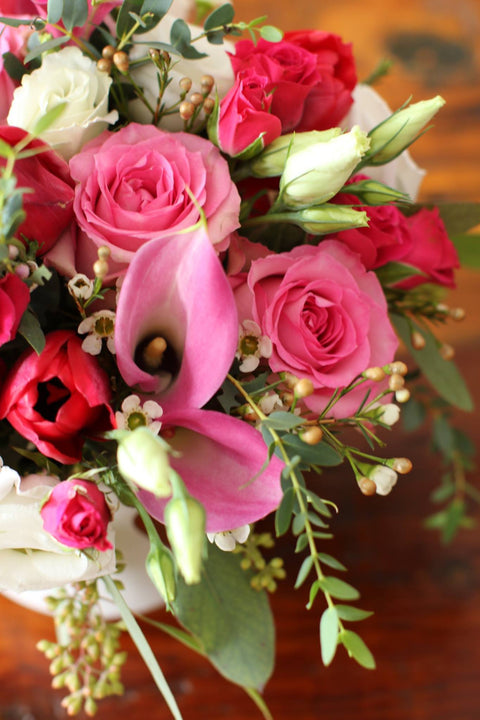Valentine's Day, the celebration of love and affection, is synonymous with the exchange of flowers, particularly the classic symbol of love – roses. Behind the scenes, the journey of these delicate blooms from the garden to your loved one's hands is a fascinating tale of cultivation, passion, and meticulous planning.
The Floral Frenzy: As February approaches, the global floral industry experiences a surge in activity, with florists, growers, and distributors gearing up for the busiest time of the year. Roses, in particular, take center stage, captivating hearts with their vibrant hues and velvety petals. The question that arises is: just how many roses are grown to meet the colossal demand on Valentine's Day?
Cultivation Around the Globe: Rose cultivation is a global affair, with countries like Ecuador, Colombia, Kenya, and the Netherlands being major players in the rose market. The process begins months in advance, as skilled horticulturists meticulously nurture and care for the delicate roses, ensuring that they bloom just in time for the romantic holiday.
Ecuador, known for its high-altitude flower farms, is a leading supplier of roses for Valentine's Day. The favorable climate and altitude contribute to the production of robust, long-stemmed roses that are highly sought after for romantic bouquets. Similarly, Colombia's flower industry is renowned for its sustainable practices and diverse rose varieties.
Numbers in Bloom: The sheer scale of rose production for Valentine's Day is staggering. It is estimated that millions, if not billions, of roses are grown globally to meet the demand. The meticulous planning involved in coordinating this vast supply chain is a testament to the dedication of the floral industry in spreading love and joy.
Sustainable Practices: While the numbers may seem overwhelming, the rose industry is increasingly adopting sustainable practices. Many rose farms prioritize eco-friendly cultivation methods, reducing the environmental impact of large-scale flower production. This includes initiatives such as water conservation, organic fertilization, and energy-efficient greenhouses.
Logistics and Distribution: As Valentine's Day approaches, the logistics of transporting these delicate blooms become a critical aspect of the process. Roses are carefully harvested, sorted, and packaged before embarking on a journey that spans continents. Airfreight plays a significant role in ensuring that the roses arrive at their destinations fresh and vibrant.
The Symbolic Gesture: Beyond the numbers and logistics, the true essence of Valentine's Day lies in the symbolic gesture of gifting roses. Each bloom carries with it a message of love, and the sheer volume of roses grown for this occasion reflects the universal desire to express affection through nature's most iconic flower.
Conclusion: The journey of roses from cultivation to the hands of eager lovers on Valentine's Day is a remarkable tale of global collaboration, sustainable practices, and the enduring power of love. As you exchange roses with your loved ones this Valentine's Day, take a moment to appreciate the intricate journey these blooms have made to bring joy to hearts around the world.



